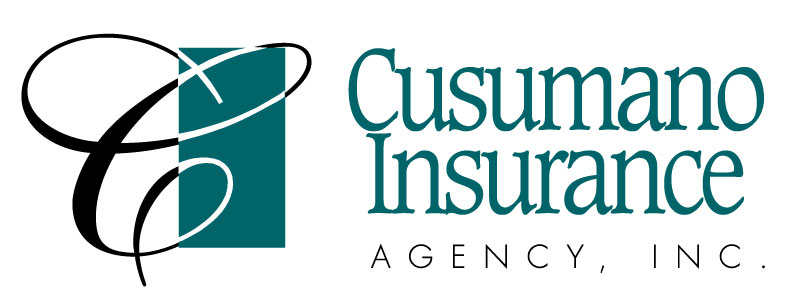
Wildfires and forest fires are considered natural disasters, but most are caused by the actions of humans. Residential and commercial fires often get separated from this category, but they can be disastrous nonetheless. Regardless of whether a fire is widespread, as in the case of a wildfire, or localized, fires can cause extensive damage to a building in a matter of minutes.
The costs to clean up and repair damage caused by fire add up very quickly. As a building owner, you must be sure your building is insured properly against fire damage. Your insurance needs can change based on whether your building is residential only, mixed use, or commercial only. If you live in an area prone to wildfires, inquire about additional coverage.
Backup of a sewer or drain can cause damage to not only the unit it starts in, but other units as well. Water damage caused by a backup would not be considered flood water. The cleanup and repair of drain and sewer backups can become even more costly if the water contains hazardous waste.
Water can back up in sewers, drains, and sump pumps for a variety of reasons. However, typical property policies do not cover the costs of cleanup and repair. Water backup insurance can provide the protection you need for your building.
Floods can cause extensive damage to your property. Even one inch of water can lead to many thousands of dollars of damage. Water damage is considered to be the result of a flood if it comes from the overflow of a natural body of water, but it can also include heavy rain that seeps into the building.
Flood insurance is typically not included in a commercial property insurance policy, but can generally be added by endorsement as long as the property is not in a high risk flood zone. If coverage is excluded from the policy, you should look into the cost to add it. If your property is in a high-risk flood zone, you will need to obtain a standalone policy. In either case, it’s important to have coverage.
The United States Geological Survey estimates we have about 20,000 earthquakes per year. Thankfully, most of them are small. Some believe that earthquakes only occur in certain areas of the country, but the fact is that in the last 120 years, there have been earthquakes recorded in 39 states.
Earthquakes can cause extensive damage to your property. The cost to clean up and repair damage can become very expensive very quickly. Damage caused by volcanic eruptions can also be included in earthquake policies.
Some windstorms can produce wind speeds as high as 200 miles per hour. This can result in extensive damage to a building, particularly to the roof. Damages caused by wind may not be covered under a standard insurance policy or the coverage may not be adequate.
Many insurers impose a windstorm deductible, which can be a flat amount or a percentage as high as 5% of the total insured value of the property. Most coastal locations have a high wind and hail exposure and, therefore, policies in those locations typically include large wind deductibles. Separate wind deductible buyback policies can be purchased that will lower the deductible to as little as $5,000.

